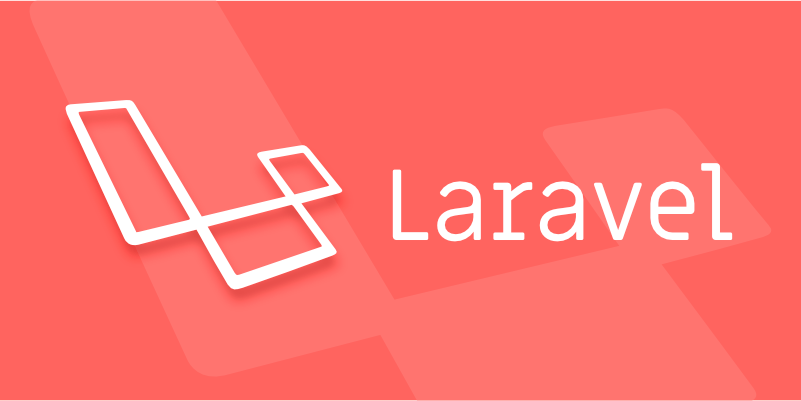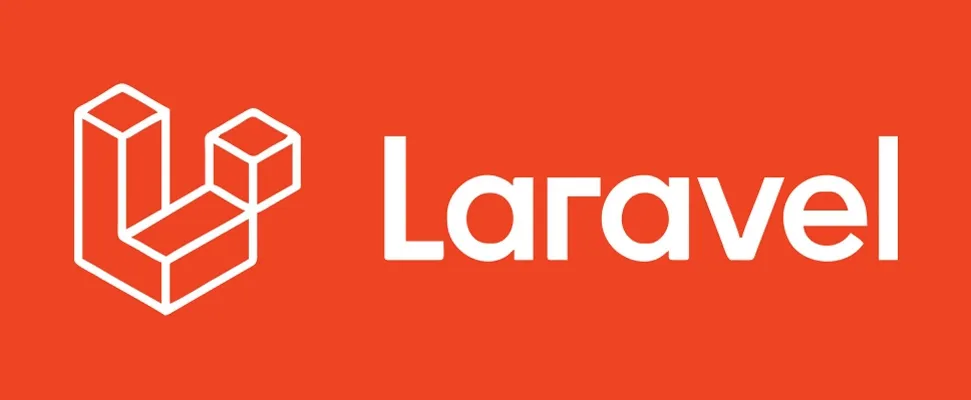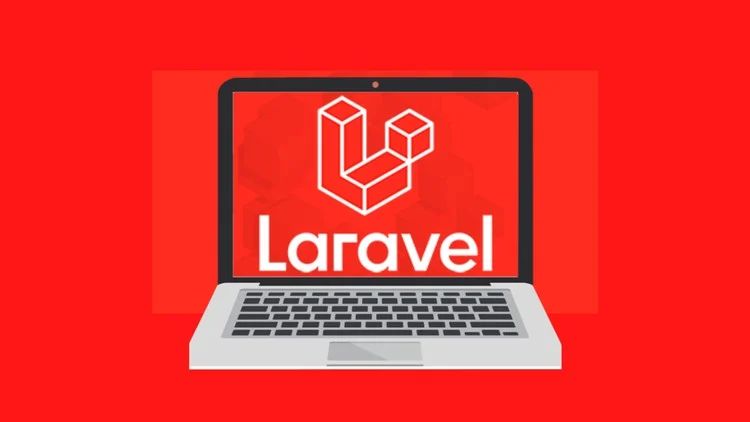 PHP Framework
PHP Framework
 Laravel
Laravel
 Difference between `make()` and dependency injection via type-hinting in Laravel.
Difference between `make()` and dependency injection via type-hinting in Laravel.
Difference between `make()` and dependency injection via type-hinting in Laravel.
Jul 23, 2025 am 02:56 AMThe difference between make() and type-hinted injection in Laravel lies in their usage and impact on code design. 1. make() manually resolves a class via the container, often used in closures or legacy code for conditional instantiation but can lead to tighter coupling and hidden dependencies. 2. Type-hinted injection automatically resolves dependencies based on type hints in constructors or method parameters, promoting clearer design, easier testing, and loose coupling. 3. Bindings affect both methods similarly, though overriding with instance() applies globally. 4. Prefer type-hinted injection for better expressiveness and testability unless dynamic resolution is needed, such as when class names are determined at runtime or in contexts without auto-injection support.

In Laravel, both make() and type-hinting-based dependency injection are used to resolve class instances, but they serve different purposes and have distinct behaviors.

What’s the difference between make() and type-hinted injection?
At a high level:
-
make()is a method on the container that manually resolves a class. - Type-hinted injection (e.g., in controllers or constructors) lets Laravel automatically resolve dependencies based on type hints.
This might seem subtle, but it affects how your code behaves and how testable or maintainable it is.

1. make() Manually Resolves Classes
You'll often see this in places like middleware or service providers:
$service = app()->make(MyService::class);
Or using the helper function:

$service = app(MyService::class);
What's happening here?
- You're explicitly asking the container to build an instance of
MyService. - Laravel will try to resolve any dependencies
MyServicehas via constructor injection.
Use cases:
- When you can't use type-hinting — for example, inside closures or legacy code.
- For conditional instantiation where you want more control over when and how a class is resolved.
Downsides:
- It's harder to test because you’re tightly coupling your code to the container.
- It hides dependencies — someone reading your code won’t immediately know what your class needs unless they dig deeper.
2. Type-Hinted Injection Is Automatic and Explicit
This is common in controller methods or class constructors:
public function index(MyService $service)
{
$service->doSomething();
}Or in a constructor:
public function __construct(private MyService $service) {}What's going on here?
- Laravel looks at the type hint (
MyService) and automatically resolves it from the container. - This makes dependencies explicit and easier to mock during testing.
Advantages:
- Promotes cleaner design by making dependencies clear.
- Easier to test since you can pass mocked dependencies directly.
- Encourages loose coupling — your class doesn’t care how the dependency is built, only that it meets the expected interface.
Note: Behind the scenes, Laravel uses make() or similar container logic to resolve these type-hinted arguments.
3. Binding Behavior Can Change How These Work
One reason to understand the difference is that bindings affect both approaches, but sometimes in slightly different ways.
For example, if you bind an interface to a specific implementation:
$this->app->bind(MyInterface::class, MyImplementation::class);
Then both of these work:
- Type-hinted:
public function index(MyInterface $service) - Manual:
$service = app()->make(MyInterface::class);
But here’s a gotcha:
If you override a binding with a specific instance using instance():
$this->app->instance(MyInterface::class, new CustomService());
Both methods will get that same instance — so be careful if you're swapping services globally.
4. Which One Should You Prefer?
Generally, type-hinted injection is better when possible:
- It’s more expressive and easier to test.
- It aligns with Laravel’s conventions and encourages good design patterns.
Use make() when:
- You need to dynamically resolve a class whose name isn’t known until runtime.
- You're working in contexts where Laravel can't auto-inject (like inside some callbacks or custom logic).
- You're writing tests and need to fetch an instance directly.
So while both make() and type-hinted injection rely on Laravel’s service container, the latter gives you clearer, cleaner, and more testable code. Make sure you're choosing the right tool for the context — and don’t reach for make() just because it feels familiar.
The above is the detailed content of Difference between `make()` and dependency injection via type-hinting in Laravel.. For more information, please follow other related articles on the PHP Chinese website!

Hot AI Tools

Undress AI Tool
Undress images for free

Undresser.AI Undress
AI-powered app for creating realistic nude photos

AI Clothes Remover
Online AI tool for removing clothes from photos.

Clothoff.io
AI clothes remover

Video Face Swap
Swap faces in any video effortlessly with our completely free AI face swap tool!

Hot Article

Hot Tools

Notepad++7.3.1
Easy-to-use and free code editor

SublimeText3 Chinese version
Chinese version, very easy to use

Zend Studio 13.0.1
Powerful PHP integrated development environment

Dreamweaver CS6
Visual web development tools

SublimeText3 Mac version
God-level code editing software (SublimeText3)
 How to set environment variables in PHP environment Description of adding PHP running environment variables
Jul 25, 2025 pm 08:33 PM
How to set environment variables in PHP environment Description of adding PHP running environment variables
Jul 25, 2025 pm 08:33 PM
There are three main ways to set environment variables in PHP: 1. Global configuration through php.ini; 2. Passed through a web server (such as SetEnv of Apache or fastcgi_param of Nginx); 3. Use putenv() function in PHP scripts. Among them, php.ini is suitable for global and infrequently changing configurations, web server configuration is suitable for scenarios that need to be isolated, and putenv() is suitable for temporary variables. Persistence policies include configuration files (such as php.ini or web server configuration), .env files are loaded with dotenv library, and dynamic injection of variables in CI/CD processes. Security management sensitive information should be avoided hard-coded, and it is recommended to use.en
 What is Configuration Caching in Laravel?
Jul 27, 2025 am 03:54 AM
What is Configuration Caching in Laravel?
Jul 27, 2025 am 03:54 AM
Laravel's configuration cache improves performance by merging all configuration files into a single cache file. Enabling configuration cache in a production environment can reduce I/O operations and file parsing on each request, thereby speeding up configuration loading; 1. It should be enabled when the application is deployed, the configuration is stable and no frequent changes are required; 2. After enabling, modify the configuration, you need to re-run phpartisanconfig:cache to take effect; 3. Avoid using dynamic logic or closures that depend on runtime conditions in the configuration file; 4. When troubleshooting problems, you should first clear the cache, check the .env variables and re-cache.
 How to develop AI intelligent form system with PHP PHP intelligent form design and analysis
Jul 25, 2025 pm 05:54 PM
How to develop AI intelligent form system with PHP PHP intelligent form design and analysis
Jul 25, 2025 pm 05:54 PM
When choosing a suitable PHP framework, you need to consider comprehensively according to project needs: Laravel is suitable for rapid development and provides EloquentORM and Blade template engines, which are convenient for database operation and dynamic form rendering; Symfony is more flexible and suitable for complex systems; CodeIgniter is lightweight and suitable for simple applications with high performance requirements. 2. To ensure the accuracy of AI models, we need to start with high-quality data training, reasonable selection of evaluation indicators (such as accuracy, recall, F1 value), regular performance evaluation and model tuning, and ensure code quality through unit testing and integration testing, while continuously monitoring the input data to prevent data drift. 3. Many measures are required to protect user privacy: encrypt and store sensitive data (such as AES
 How to make PHP container support automatic construction? Continuously integrated CI configuration method of PHP environment
Jul 25, 2025 pm 08:54 PM
How to make PHP container support automatic construction? Continuously integrated CI configuration method of PHP environment
Jul 25, 2025 pm 08:54 PM
To enable PHP containers to support automatic construction, the core lies in configuring the continuous integration (CI) process. 1. Use Dockerfile to define the PHP environment, including basic image, extension installation, dependency management and permission settings; 2. Configure CI/CD tools such as GitLabCI, and define the build, test and deployment stages through the .gitlab-ci.yml file to achieve automatic construction, testing and deployment; 3. Integrate test frameworks such as PHPUnit to ensure that tests are automatically run after code changes; 4. Use automated deployment strategies such as Kubernetes to define deployment configuration through the deployment.yaml file; 5. Optimize Dockerfile and adopt multi-stage construction
 Explain Laravel Eloquent Scopes.
Jul 26, 2025 am 07:22 AM
Explain Laravel Eloquent Scopes.
Jul 26, 2025 am 07:22 AM
Laravel's EloquentScopes is a tool that encapsulates common query logic, divided into local scope and global scope. 1. The local scope is defined with a method starting with scope and needs to be called explicitly, such as Post::published(); 2. The global scope is automatically applied to all queries, often used for soft deletion or multi-tenant systems, and the Scope interface needs to be implemented and registered in the model; 3. The scope can be equipped with parameters, such as filtering articles by year or month, and corresponding parameters are passed in when calling; 4. Pay attention to naming specifications, chain calls, temporary disabling and combination expansion when using to improve code clarity and reusability.
 PHP development user permission management monetization PHP permission control and role management
Jul 25, 2025 pm 06:51 PM
PHP development user permission management monetization PHP permission control and role management
Jul 25, 2025 pm 06:51 PM
User permission management is the core mechanism for realizing product monetization in PHP development. It separates users, roles and permissions through a role-based access control (RBAC) model to achieve flexible permission allocation and management. The specific steps include: 1. Design three tables of users, roles, and permissions and two intermediate tables of user_roles and role_permissions; 2. Implement permission checking methods in the code such as $user->can('edit_post'); 3. Use cache to improve performance; 4. Use permission control to realize product function layering and differentiated services, thereby supporting membership system and pricing strategies; 5. Avoid the permission granularity is too coarse or too fine, and use "investment"
 How to use PHP combined with AI to analyze video content PHP intelligent video tag generation
Jul 25, 2025 pm 06:15 PM
How to use PHP combined with AI to analyze video content PHP intelligent video tag generation
Jul 25, 2025 pm 06:15 PM
The core idea of PHP combining AI for video content analysis is to let PHP serve as the backend "glue", first upload video to cloud storage, and then call AI services (such as Google CloudVideoAI, etc.) for asynchronous analysis; 2. PHP parses the JSON results, extract people, objects, scenes, voice and other information to generate intelligent tags and store them in the database; 3. The advantage is to use PHP's mature web ecosystem to quickly integrate AI capabilities, which is suitable for projects with existing PHP systems to efficiently implement; 4. Common challenges include large file processing (directly transmitted to cloud storage with pre-signed URLs), asynchronous tasks (introducing message queues), cost control (on-demand analysis, budget monitoring) and result optimization (label standardization); 5. Smart tags significantly improve visual
 How to build a content payment platform through PHP How to implement PHP paid reading system
Jul 25, 2025 pm 06:30 PM
How to build a content payment platform through PHP How to implement PHP paid reading system
Jul 25, 2025 pm 06:30 PM
To build a PHP content payment platform, it is necessary to build a user management, content management, payment and permission control system. First, establish a user authentication system and use JWT to achieve lightweight authentication; second, design the backend management interface and database fields to manage paid content; third, integrate Alipay or WeChat payment and ensure process security; fourth, control user access rights through session or cookies. Choosing the Laravel framework can improve development efficiency, use watermarks and user management to prevent content theft, optimize performance requires coordinated improvement of code, database, cache and server configuration, and clear policies must be formulated and malicious behaviors must be prevented.





